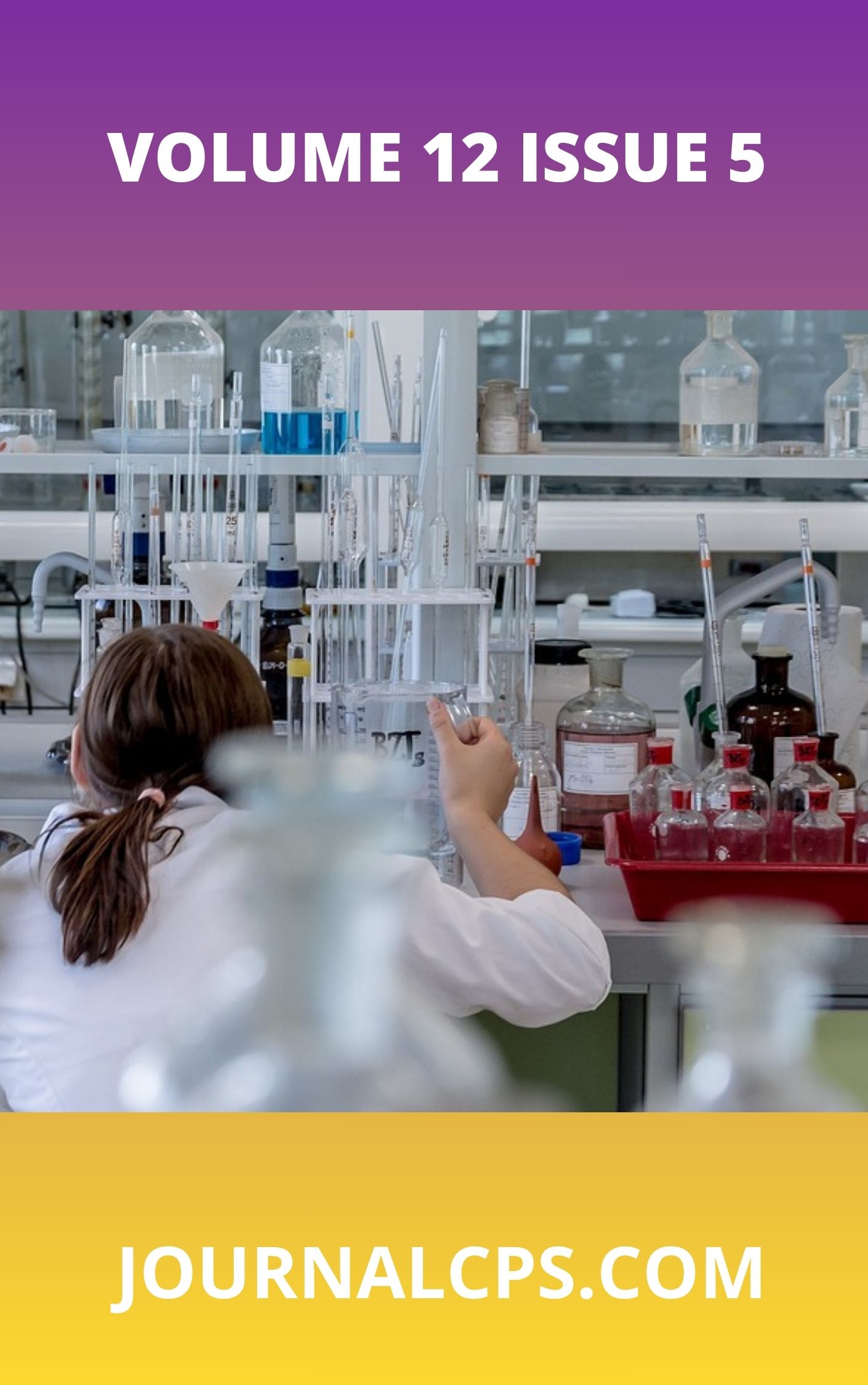A Conceptual Framework for Managing Pandemics: Integrating Disease Models with Public Behavior and Misinformation Control
Keywords:
Pandemic modeling, Public behavior, Misinformation, SEIR model, Dual-spread frameworkAbstract
Pandemic response strategies have traditionally relied on classical epidemiological models such as SIR and SEIR, which primarily focus on the biological transmission of infectious diseases. However, these models often overlook the significant influence of public behavior, trust in science, and the rapid dissemination of misinformation. This paper proposes an integrated conceptual framework that bridges these gaps by combining epidemic modeling with behavioral and informational dynamics in what is termed a "Dual-Spread Model." Through a synthesis of literature, historical examples (COVID-19, H1N1, Ebola), and illustrative diagrams, the study reveals how misinformation, public trust, and community responses can either amplify or suppress disease spread. The framework emphasizes feedback loops between disease outcomes, information flows, and behavioral responses, offering practical insights for policymakers. Key policy recommendations include behavior-informed vaccination campaigns, targeted communication strategies, and coordinated efforts between public health institutions and information platforms. This interdisciplinary approach provides a more robust and adaptive tool for future pandemic preparedness and response.
Similar Articles
- Kudamnya, Ebenezer Agayina, Godwin Inieke Joshua, Ochelebe, Ibu, Okon, Emmanuel Etim , Evaluation of the Hydrochemistry and Pollution Levels in Groundwater of Njahasang, Southeast Nigeria , Communication In Physical Sciences: Vol. 12 No. 3 (2025): VOLUME 12 ISSUE 3
- Olusegun Sowole, Solar UV-Radiation Absorption by Stratospheric Ozone in Lagos Southwest of Nigeria , Communication In Physical Sciences: Vol. 5 No. 4 (2020): VOLUME 5 ISSUE 4
- Abubakar Yahaya, Modification of Dual to Separate Product-type Exponential Estimator in Case of Post- Stratification , Communication In Physical Sciences: Vol. 7 No. 4 (2021): VOLUME 7 ISSUE 4
- Innocent C. Eli, Godspower C. Abanum, Comparison Between Analytical and Numerical Result of Stability Analysis of a Dynamical System , Communication In Physical Sciences: Vol. 5 No. 4 (2020): VOLUME 5 ISSUE 4
- Chigbundu C. Emmanuel, Adebowale O. Kayode, Equilibrium and Kinetics Studies of the Adsorption of Basic Dyes onto PVOH Facilely Intercalated Kaolinite - A Comparative Study of Adsorption Efficiency , Communication In Physical Sciences: Vol. 7 No. 4 (2021): VOLUME 7 ISSUE 4
- Samira Sanni, A Review on machine learning and Artificial Intelligence in procurement: building resilient supply chains for climate and economic priorities , Communication In Physical Sciences: Vol. 11 No. 4 (2024): VOLUME 11 ISSUE 4
- Fidelis .I. Ugwuowo, Mixed Variable Logistic Regression Model for Assessing Diagnostic Markers in Prostate Cancer , Communication In Physical Sciences: Vol. 1 No. 1 (2010): VOLUME 1 ISSUE 1
- Elisha Karu, Buhari Magaji, Aishatu Umar Maigari, Fauziyya Aliyu Jibo, Health Risk Assessment of Heavy Metals in Soil Rhizosphere and Onion Bulbs Cultivated in Danbam Farmlands, North East, Nigeria , Communication In Physical Sciences: Vol. 7 No. 3 (2021): VOLUME 7 ISSUE 3
- Nsikan Ime Obot, Busola Olugbon, Ibifubara Humprey, Ridwanulahi Abidemi Akeem, Equatorial All-Sky Downward Longwave Radiation Modelling , Communication In Physical Sciences: Vol. 9 No. 2 (2023): VOLUME 9 ISSUE 2
- Temitope Deborah Babayemi, Nafisat Olabisi Raji, Osita Victor Egwuatu, Oludoyi Mayowa Olumide, Integrating Artificial Intelligence with Assistive Technology to Expand Educational Access through Speech to Text, Eye Tracking and Augmented Reality , Communication In Physical Sciences: Vol. 7 No. 4 (2021): VOLUME 7 ISSUE 4
You may also start an advanced similarity search for this article.




